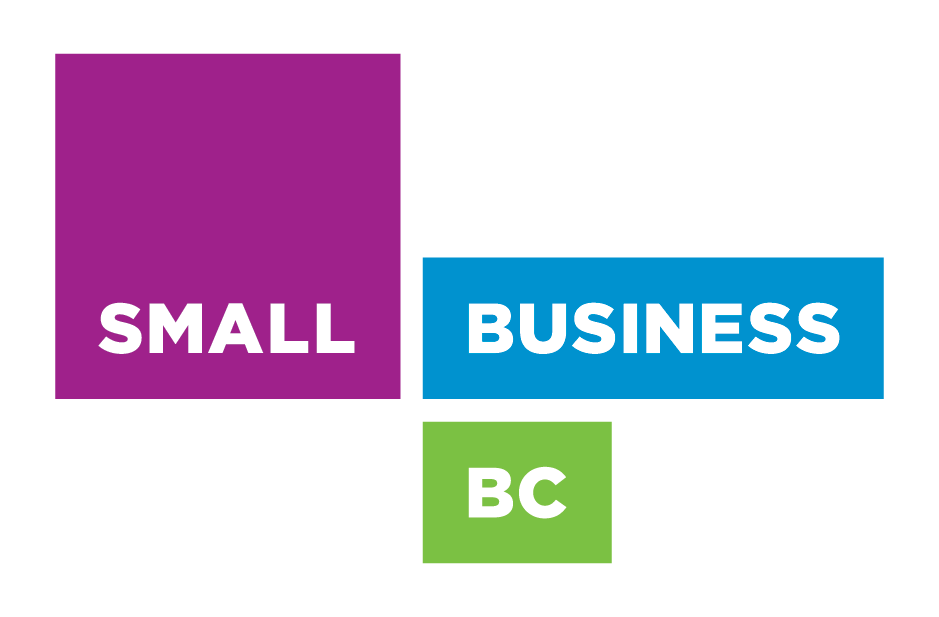Victoria – Workers who earn an alternate minimum wage — including liquor servers, piece-rate farm workers, resident caretakers and live-in camp leaders — will soon see a pay raise.

Provincial Minister of Labour Harry Bains made the announcement on Thursday.
“No one working for minimum wage, full-time, year-round should be living in poverty,” said Bains. “Workers deserve a minimum level of protection so that, regardless of a person’s job description, they don’t earn a wage that is distinctly less than the general minimum wage.”
Based on recommendations from the Fair Wages Commission, the Government of British Columbia is eliminating the liquor server wage by 2021, and gradually increasing the wages for specific groups of workers who do not earn the general hourly rate. Liquor servers, resident caretakers and live-in camp leaders will all see wage increases, as of June 1, 2018, while farm workers paid by piece rate will see an increase, as of Jan. 1, 2019.
Agriculture Minister Lana Popham said government is extending the transition period for changes to farm worker piece rates to January 2019, from June 2018, in order to better balance the needs of workers and the agriculture industry.
Wages for the five worker groups currently subject to alternate minimum wage rates will change as follows:
- Liquor servers – incremental increases on June 1 each year, beginning June 2018, until the general minimum wage is reached, of at least $15.20 per hour, in 2021.
- Piece-rate farm workers – 11.5% increase to all piece rates on Jan. 1, 2019, with further study to take place.
- Resident caretakers – 11.5% increase June 2018, followed by increases of 9.5%, 5.4% and 4.1% in 2019, 2020 and 2021, respectively (wages vary depending on building size).
- Live-in camp leaders – same per cent increases as resident caretakers, until they reach $121.65/per day, in 2021.
- Live-in home-support workers – abolishment of the alternate minimum wage for this group, as it covers very few or no workers. The general minimum wage will apply to any workers remaining in this category.
The Fair Wages Commission second report with recommendations can be found here: https://news.gov.bc.ca/files/FWC_Second_Report_March_2018_FINAL.pdf
Backgrounder:
Fair Wages Commission report on alternate wage groups
The independent Fair Wages Commission was established in October 2017, with the mandate to advise government on an approach to raising provincial minimum wages with increases that are regular, measured and predictable.
The first task was to recommend a pathway to raising the general minimum wage to $15-an-hour, and a schedule for the increases. In February 2018, government accepted the commission’s recommendations in full.
The commission’s second task was to provide recommendations on groups of workers whose minimum wage is different from the general wage — liquor servers, farm workers paid by piece rates, resident caretakers, live-in camp leaders and live-in home support workers. The commission has now presented its second report to government with recommendations for minimum wages for these groups.
Liquor servers
Liquor servers are those workers who primarily serve food or liquor, or both, and who regularly serve liquor directly to customers. A separate minimum wage for liquor servers exists in only two other provinces, Ontario and Quebec (where a special rate is in place for “tipped workers”).
Prior to 2011, liquor servers in B.C. were covered under the general minimum wage.
The minimum wage for liquor servers currently stands at $10.10 per hour, with the following schedule of increases:
- As of June 1, 2018, the minimum wage will increase 12.9% to $11.40 per hour, an increase of $1.30 per hour.
- As of June 1, 2019, the minimum wage will increase 11.4% to $12.70 per hour, an increase of $1.30 per hour.
- As of June 1, 2020, the minimum wage will increase 9.8% to $13.95 per hour, an increase of $1.25 per hour.
- As of June 1, 2021, the minimum wage will increase 9.0% to $15.20 per hour, an increase of $1.25 per hour.
Government is also considering the Fair Wages Commission recommendation for a future employment standards review to examine food industry tipping practices, determine when tips are considered wages, review the practices of using tips to enhance the wages of non-tipped workers and ensure that tipping practices are transparent.
Piece-rate farm workers
Piece-rate farm workers are those who hand-harvest crops, such as blueberries and mushrooms, with 15 various fruits and vegetables having different associated pay rates.
B.C.’s farm worker piece-rate system has been in place for nearly 40 years, established in 1981. Since 1990, the general minimum wage has increased by over 127% while the average increase for piece-rate crops is 76%.
No other jurisdiction in Canada is as proscriptive in setting agricultural piece rates as B.C.; by comparison, British Columbia has set piece rates for 15 specific fruits and vegetables, while Quebec is the next highest with only two.
The Fair Wages Commission recommends a 15% increase to all piece rates on June 1, 2018, and the implementation of the general minimum wage on June 1, 2019, with piece rates as additional incentives. This would mean if workers do not receive the equivalent of the general minimum wage for picking at piece rates, their pay would be increased to equal the general minimum wage.
Given the commission’s concern for the lack of information currently available on B.C.’s piece rate system and its complexity unique to B.C., as well as a concern about increasing rates mid-season, government is instead increasing piece rates 11.5% as of Jan. 1, 2019, so that the increase is applied before the next picking season. Additionally, it is committing to further study of B.C.’s piece rates, as well as if and how a minimum hourly wage should be implemented; a report on those findings will be due by the end of the year.
Resident caretakers
A resident caretaker is defined as someone who lives in an apartment building that has more than eight residential suites and is also employed as a caretaker, custodian, janitor or manager of the building. Minimum rates for resident caretakers are calculated on a monthly basis (prorated if necessary) and are dependent on the number of units in a building.
No other provinces in Canada have distinct minimum wages for resident caretakers.
The commission recommends the following increases, which will occur at the same percent each year as the general minimum wage:
- As of June 1, 2018, the minimum wage, per month, will increase 11.5% to $759.32 for those that manage 9-60 units (+ 30.43/unit), or $2,586.40, for 61 or more units.
- As of June 1, 2019, the minimum wage, per month, will increase 9.5% to $831.45 for those that manage 9-60 units (+ 33.32/unit), or $2,832.11, for 61 or more units.
- As of June 1, 2020, the minimum wage, per month, will increase 5.4% to $876.35 for those that manage 9-60 units (+ 35.12/unit), or $2,985.04, for 61 or more units.
- As of June 1, 2021, the minimum wage, per month, will increase 4.1% to $912.28 for those that manage 9-60 units (+ 36.56/unit), or $3,107.42, for 61 or more units.
Live-in camp leaders
Live-in camp leaders who receive an alternate minimum wage are those employed by a charity or non-profit seasonal camp for campers under 19 years of age. The alternate minimum wage for this category is currently $90.80 per day.
No other provinces in Canada have distinct minimum wages for live-in camp leaders.
The Fair Wages Commission recommends the following increases for the live-in camp leader wage, which will increase at the same percent each year as the general minimum wage:
- As of June 1, 2018, the minimum wage, per day, will increase 11.5% to $101.24.
- As of June 1, 2019, the minimum wage, per day, will increase 9.5% to $110.87.
- As of June 1, 2020, the minimum wage, per day, will increase 5.4% to $116.86.
- As of June 1, 2021, the minimum wage, per day, will increase 4.1% to $121.65.
Live-in home support workers
The definition of a live-in home support worker is restricted to those who work under a government-funded program, and today, very few people (if any) work as live-in home support workers as defined. Changes to the minimum rate for this narrowly defined category have no impact on the vast majority of workers providing care in people’s homes as they do not meet the definition and are already subject to at least the general minimum hourly wage. The commission concluded, therefore, that maintaining this rate in the regulation is not necessary.













